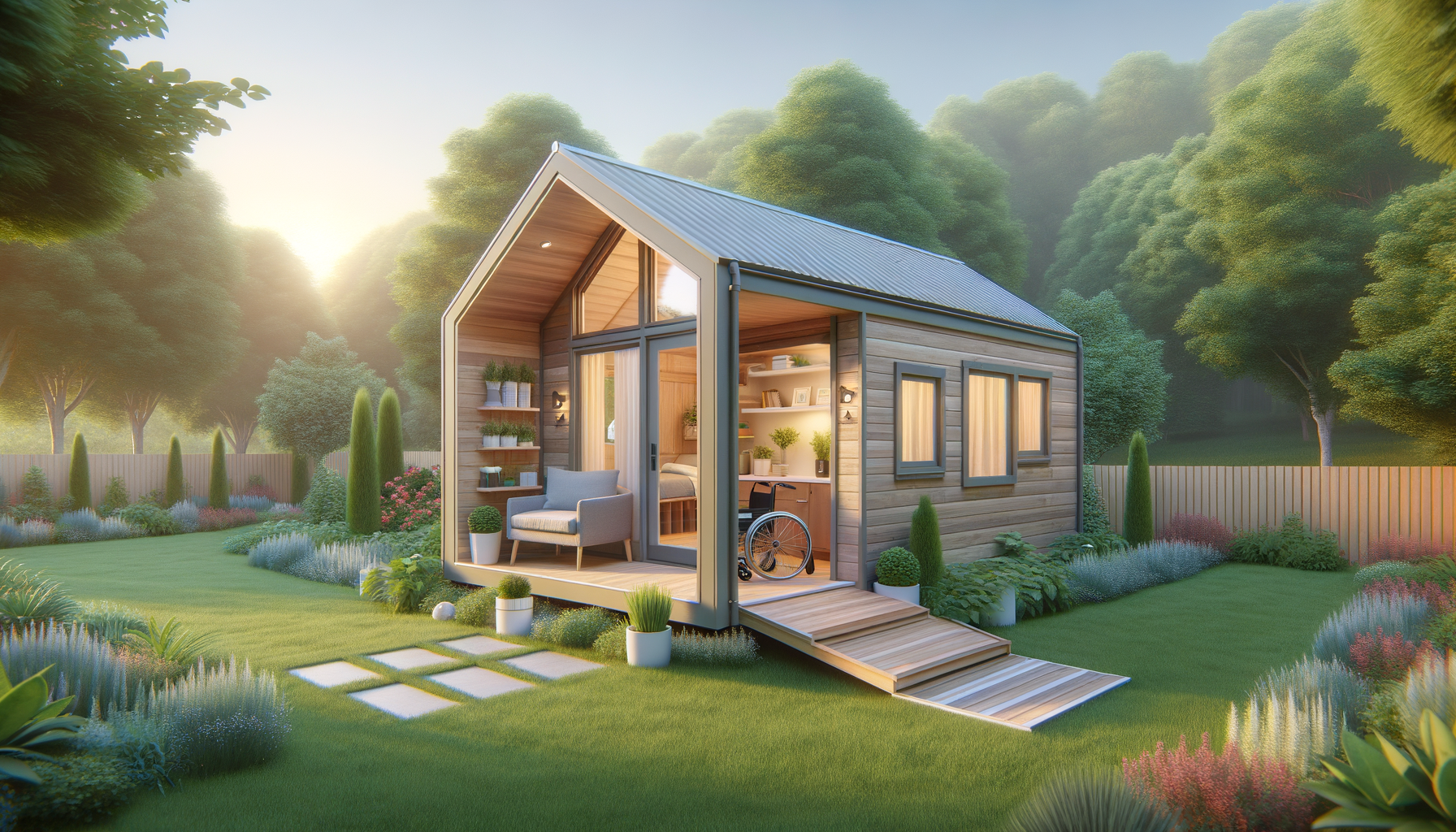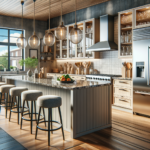Understanding the Concept of Granny Pods
Granny pods, also known as accessory dwelling units (ADUs), are small, self-contained living spaces designed to be placed in the backyard of a primary residence. These units provide a practical solution for families looking to keep their aging parents close by, without compromising on privacy or independence. The concept of granny pods has gained popularity as more families seek alternatives to traditional nursing homes or assisted living facilities.
The appeal of granny pods lies in their ability to offer a safe and comfortable environment tailored to the needs of elderly individuals. Equipped with essential amenities such as a bedroom, bathroom, and kitchenette, these units are designed with accessibility in mind. Features like grab bars, non-slip flooring, and wheelchair accessibility ensure that the space is safe and easy to navigate.
Granny pods also provide a sense of autonomy for aging parents, allowing them to maintain their independence while being close to family. This proximity can be particularly beneficial for those who require regular assistance or companionship, as family members are just a short walk away. For families, this arrangement offers peace of mind, knowing that their loved ones are nearby and living in a comfortable, familiar environment.
Benefits of Installing a Granny Pod
There are numerous advantages to installing a granny pod in your backyard, making it an attractive option for families with aging parents. One of the primary benefits is the ability to provide personalized care and support. Unlike nursing homes, where care is often standardized, a granny pod allows for a tailored approach that meets the specific needs of the individual.
Financially, granny pods can be a cost-effective solution. While the initial investment may seem significant, the long-term savings compared to traditional elder care facilities can be substantial. Families save on monthly fees associated with assisted living or nursing homes, and the value of the property can increase with the addition of an ADU.
Moreover, granny pods can enhance family dynamics by fostering closer relationships. The proximity allows for more frequent interactions, strengthening bonds between generations. This setup also provides an opportunity for grandchildren to learn from and connect with their grandparents, enriching their understanding of family history and traditions.
- Personalized care and support
- Cost-effective compared to elder care facilities
- Enhanced family dynamics and relationships
Designing a Comfortable and Accessible Space
Designing a granny pod requires careful consideration of the needs and preferences of the occupant. Comfort and accessibility are paramount, ensuring that the space is both functional and inviting. Key design elements include open floor plans, which facilitate easy movement and reduce the risk of falls.
Lighting plays a crucial role in creating a safe environment. Adequate natural light, combined with strategically placed artificial lighting, can improve visibility and enhance the overall ambiance of the space. Additionally, incorporating smart home technology can further enhance accessibility, allowing aging parents to control lighting, temperature, and security features with ease.
Furniture and fixtures should be chosen with accessibility in mind. Adjustable beds, ergonomic chairs, and easy-to-reach storage solutions can significantly improve the quality of life for elderly residents. Attention to detail in the design and layout of the granny pod can make a substantial difference in the comfort and safety of the space.
- Open floor plans for easy movement
- Strategic lighting for safety and ambiance
- Smart home technology for enhanced accessibility
Navigating Zoning Laws and Regulations
Before installing a granny pod, it is essential to navigate the zoning laws and regulations in your area. These laws can vary significantly between regions, affecting the feasibility of adding an ADU to your property. Understanding the local requirements is crucial to ensure compliance and avoid potential legal issues.
Many areas have specific guidelines regarding the size, location, and design of granny pods. For instance, there may be restrictions on the maximum square footage or distance from the primary residence. Additionally, some regions require permits or inspections before construction can begin.
To streamline the process, consider consulting with a professional who specializes in ADU installations. They can provide valuable insights into local regulations and help you navigate the permitting process. By ensuring compliance with zoning laws, you can avoid delays and ensure a smooth installation process.
- Understand local zoning laws and regulations
- Consult with professionals for guidance
- Ensure compliance to avoid legal issues
Conclusion: Embracing the Future of Elder Care
Granny pods represent a forward-thinking approach to elder care, offering a blend of independence, comfort, and proximity to family. As the population ages, the demand for innovative housing solutions like granny pods is likely to increase. By providing a practical and personalized living space, these units can enhance the quality of life for aging parents while offering peace of mind to their families.
For those considering a granny pod, careful planning and consideration of the occupant’s needs are essential. From design and accessibility to navigating zoning laws, each step plays a crucial role in creating a successful living arrangement. As we embrace the future of elder care, granny pods stand out as a compassionate and practical solution, bridging the gap between independence and family support.








